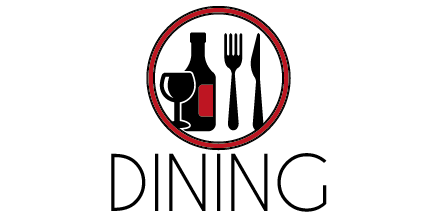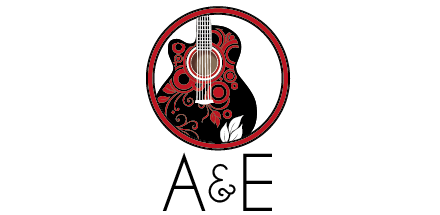I can think of numerous friends and acquaintances who, only a few years ago, wouldn’t have been unable to listen to me discuss the newest styles or recent seasonal releases, much less actually drink those pretentious beers. Now, I have folks emailing and texting me to see if I’ve had the latest brew or stopped in the hottest locale.
The craft beer movement in this country is running strong and wide and it’s hard to find places or people who either aren’t on the train or haven’t been affected by it. Further, there are trends within this larger trend, sub-fashions of a larger progression, and while craft beer is picking up steam with the wider market, undercurrents are always moving beneath the surface.
One recent trend in the beer world seems to be the rise of the pre-mixed beer and fruit soda. Not the classic fruit beer, mind you, but the shandy and radler game that is proving to be the big hit of summer 2014.
I’m a huge fan of fruit, always have been. Totally subscribe to the apple a day belief. Especially in summer, cold fruit from the fridge just hits the spot. Yet fruit beer is a very different story. It’s often hit and miss. More dissimilar still is this bastardized version of a beer Arnold Palmer — half beer, half lemon soda. Adding fruit, vegetables, or the essence of either is not new to the brewing world, nor is the classic beer pop.
The shandy appears to hail from England, possibly as far back as the time of Henry VIII, who is purported to have created a half ale, half ginger beer concoction. Others link the beer, lemon drink mix to either an 18th century novel, Tristram Shandy, or the American novelist Christopher Morley, who wrote in 1918 about the shandygaff, a beer/soda mix favored by the working class.
The rarer radler seems to have a clearer history, wherein a Munich bar owner in 1922, running low on beer, used a lemon lime soda to extend the life of his drinks. As the concoction caught on with the cyclists in the area, the drink both refreshing and not overly alcoholic, he named it radlermass, or cyclists liter.
No category exists for these beer sodas, and the closest grouping seems to be that of fruit or vegetable beer — The Beer Judge Certification Program (BJCP) says it best: “The fruit should compliment the original style and not overwhelm it.” This doesn’t seem to work well for shandy or radler, which are premixed drinks, so I suggest thinking of them as just that, half and pop, or beer and soda.
Available today, I’ve seen at least half a dozen examples. The classic is Stiegl Radler from Germany, a 2.5 percent alcohol by volume (ABV) mix of 60 percent grapefruit soda and 40 precent Stiegl Goldbräu, the brewery’s marzenbier. Crisp, dry, carbonated, hint of sweet, very un-beer like.
Released in 2007, making up half of the Jacob Leinenkugal production, and ranking third behind Blue Moon Belgian White and Anheuser-Busch Shock Top in the specialty category, I don’t have to tell you to avoid Summer Shandy. Basically Sprite and lemonade, with 4.2 percent ABV.
Long left for dead, Harpoon Brewery’s UFO Big Squeeze Shandy, 4.5 perecent ABV, is the hit for many folks. Elements of beer are apparent, but dry, pithy, clean grapefruit wins out.
The Beer Snob’s take – I don’t drink cola or fruit soda, and these beverages fall dangerously close to that realm for me. Too dissimilar to beer, the shandy or radler just don’t hit that pleasure button for me. This is the biggest reason I don’t opt for beer pop. Nevertheless, I suppose at times when I don’t want (any) caffeine and don’t need (much) alcohol, a shandy or radler can do the trick. Enjoy the brews … Cheers.
Gene’s Haufbrau has at more
than 200 beers in bottles or on tap. “
Gene’s is located at 817 Savannah Hwy. 225-GENE. E-mail the Beer Snob
at publisher@westof.net.
(843) 766-WEST (9378)
publisher@westof.net













